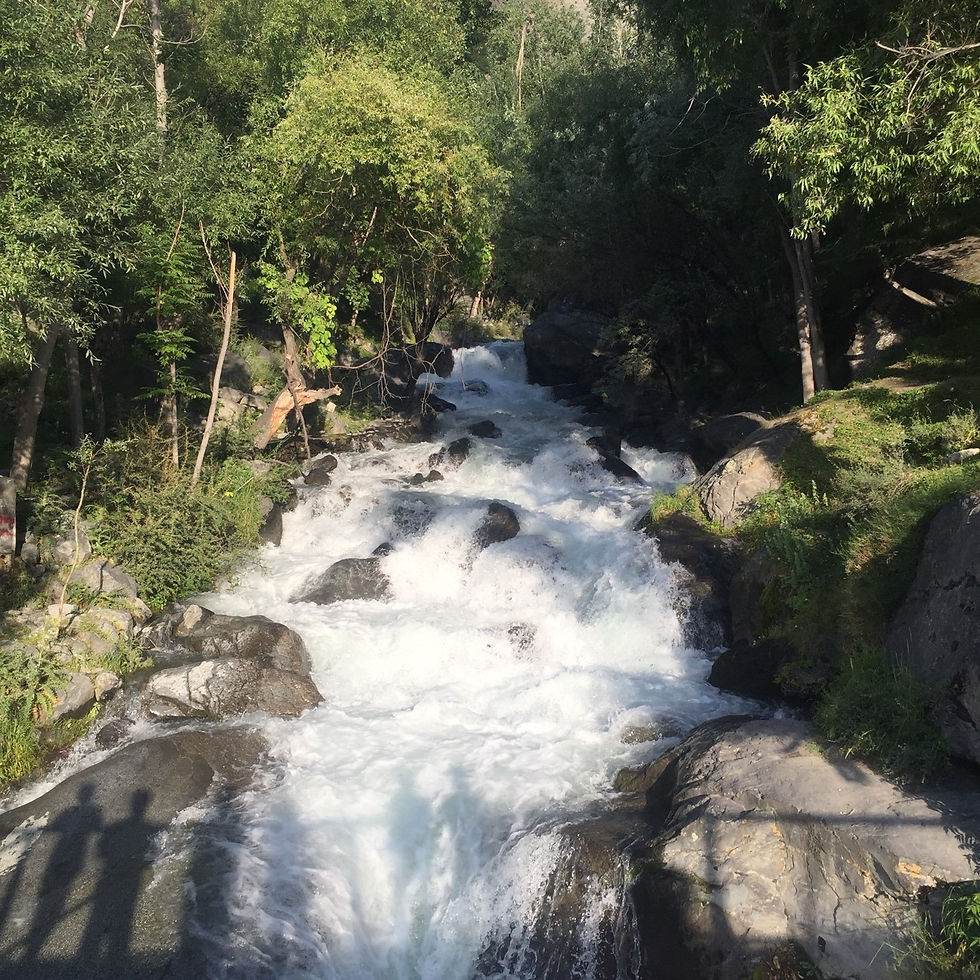Kargah Buddha
- Lala Rukh

- Oct 30, 2020
- 2 min read
By: Zeela Shoaib
The road was in critical condition, and the heat of the sun was scorchingly bright and intense. The brain wooed the body to turn back and abandon its quest for the Kargah Buddha but there was some invisible string that tugged the heart forward and encouraged it to complete the journey. After a long twenty minutes of countless guidance by the locals, we finally found ourselves on a road that led us deep into the Mountains and indicated that we might be near some untouched site. The landscape was rugged and the vegetation was sparse. Enormous mountains towered over us as we took the turn that revealed the majestic picture of the Buddha carved high on a rugged mountain wall. The details were little yet the image was beautifully carved on the brown rock. The Buddha’s image depicted a sense of skillful craftsmanship as the image was drawn on a flat rock with no convenient or accessible pathways. What was more interesting was that the image was drawn in the 4th/5th century when these lands were deprived of civilization, and man was not blessed with modern tools and equipment. Hence the image also evoked a sense of mystery. As we neared the mountain and parked the car, a stony track came into sight which was connected to a bridge situated upon the most beautiful waterfall. The waterfall cut itself through the deep curves of the mountains and splashed wildly on rocks and boulders. The whole scene was so intriguing as lush green trees towered over the waterfall in a vast expanse of dry mountains. The water so fiercely gushed forward, spilling droplets on people standing on the bridge. It produced such a soothing sound that caressed the eardrums and produced a foamy illusion that was as white as milk. It could also be metaphorically assumed that milk was flowing over the boulders as the foam being formed on the water was so white and did not have even a single tint of waste or pollution. The waterfall was truly mesmerizing as it flowed from an unknown source to an unknown destination!








Comments